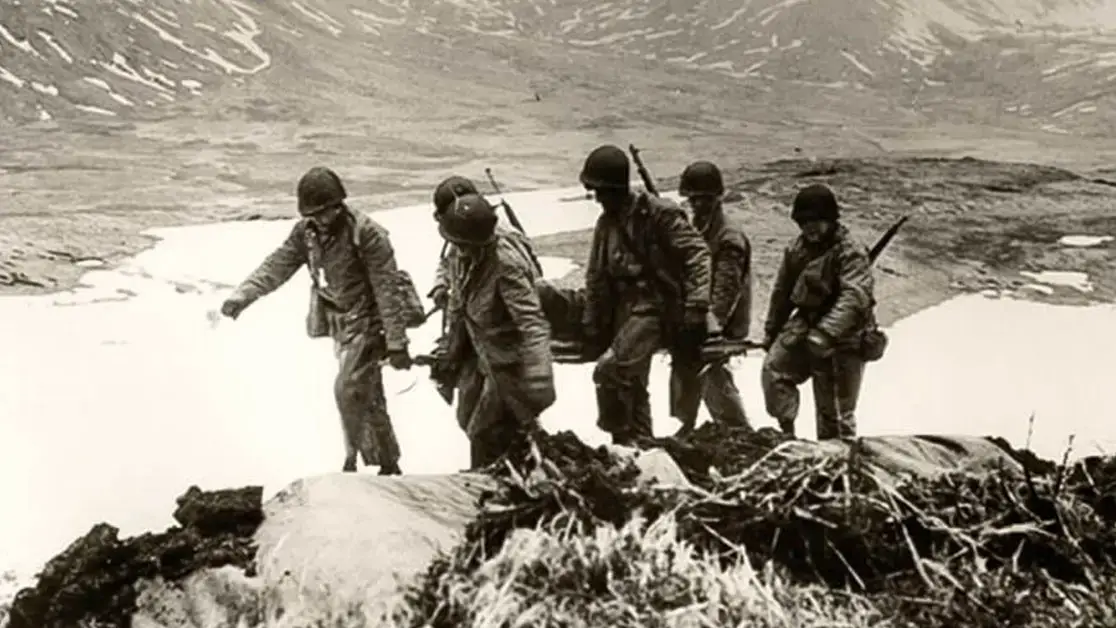This forgotten WWII battle shows even a lucky break can be costly

SUMMARY
During World War II, American troops dreaded hitting the beach in the Pacific Theater. They knew full-well that they would be in for a fierce fight when going up against Japanese troops, who fought fanatically, either with furious banzai charges or from well-built fortifications. But in one invasion, troops caught a break — the enemy wasn't there. On Guadalcanal, Marines manged to hold down a heavily supply line — a task that famously marked by vicious battles. When American troops went on to reclaim the Aleutian islands of Attu and Kiska, they expected a similar fight.
The islands had been taken by Japanese troops in June, 1942, as part of an effort to divert American attention from Midway. While Japan did assume control over the islands, the distraction didn't work, largely due to a brilliant piece of work by Jasper Holmes.
The occupation was not pleasant for Japanese garrisons. From almost the very moment those islands were seized, American air and naval forces constantly pounded the islands with air strikes and bombardments. In March, 1943, an outnumbered and outgunned U.S. Navy task force drove away a heavily-escorted Japanese convoy in the Battle of the Komandorski Islands.
Two months later, American forces stormed the beaches of Attu. After 18 days of fighting, which culminated in a banzai charge on May 29, 1943, the Japanese garrison was wiped out. 580 American troops and well over 2,000 Japanese troops were killed in action.
Three more months of air raids and naval bombardment followed for Kiska. But when the invasion force arrived, the island was empty. Japanese forces had managed to evacuate this garrison. Still, between accidents, disease, friendly fire, and frostbite, American and Canadian forces suffered over 300 casualties, which shows that even a lucky break can be costly.
SHARE
